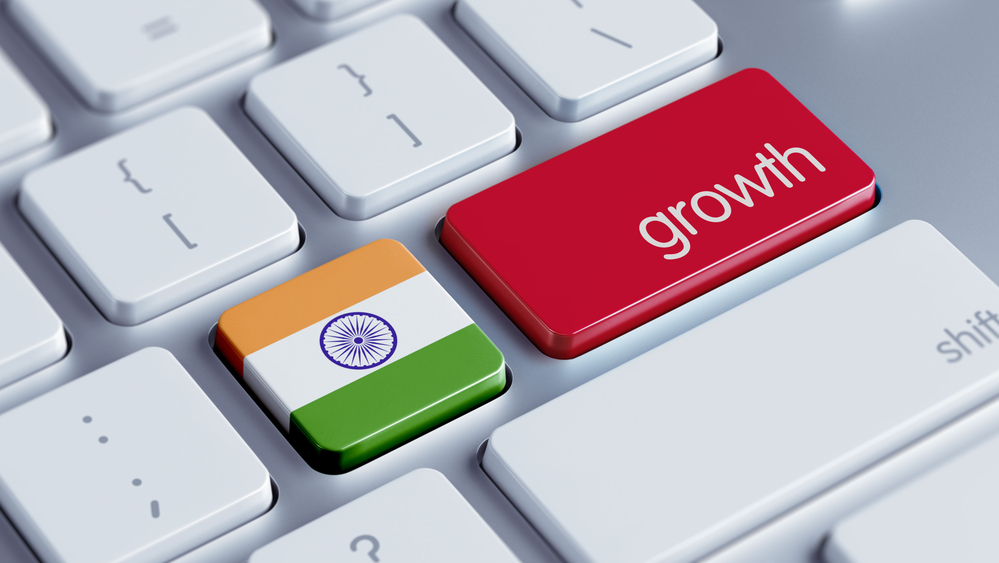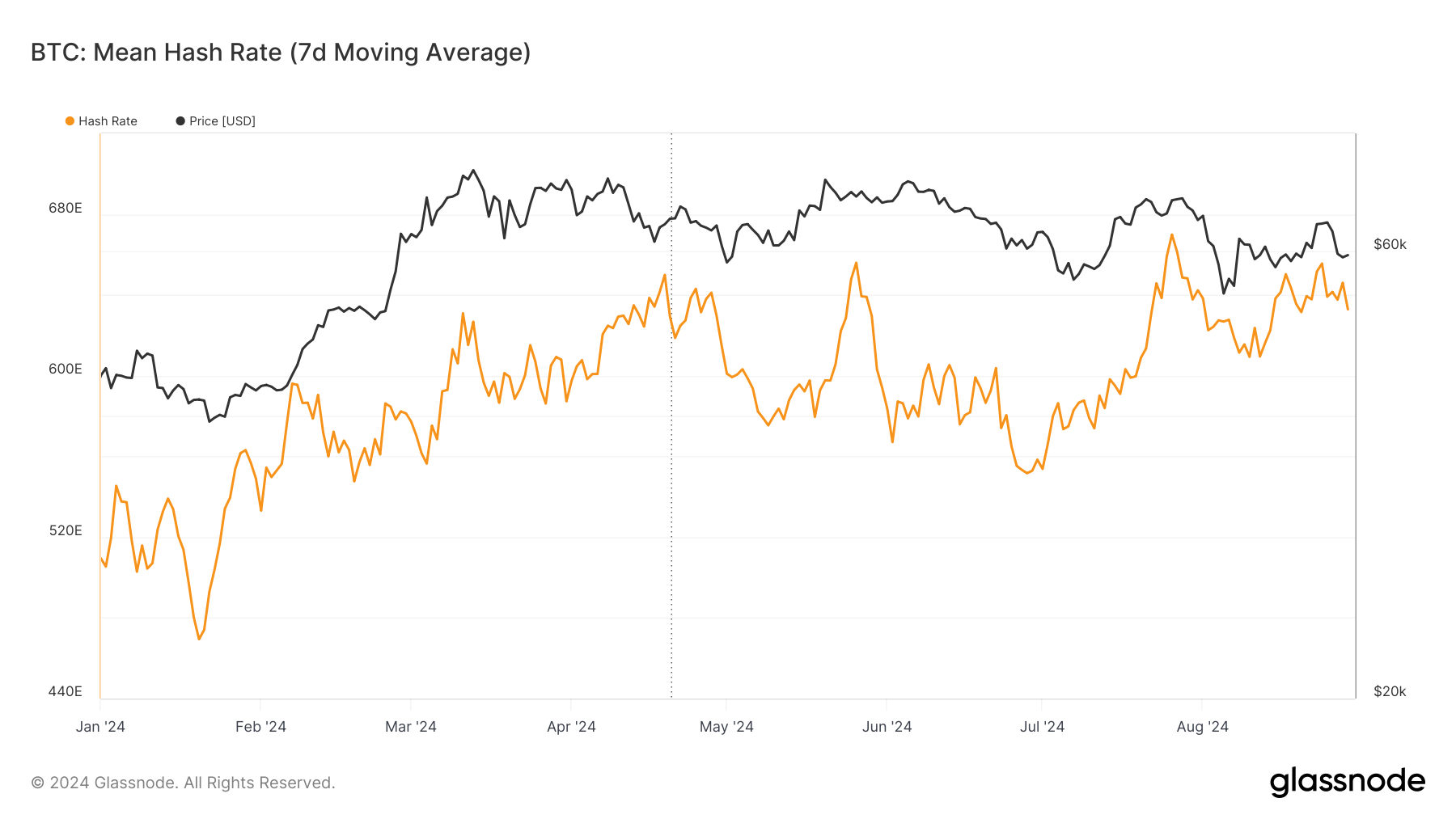Key Takeaways:
- India has become one of the fastest-growing economies in the world.
- The Indian Government aims to become the third-largest economy in five years.
- However, several challenges remain on India’s path to economic growth.

YEREVAN (CoinChapter.com) — In its May report, Moody’s reported that India’s GDP surpassed the $3.5 trillion mark in 2022. The Asian nation is poised to be the fastest-growing economy among the G-20 nations in the upcoming years.
However, according to the agency, potential barriers in terms of reforms and policies might impede investment prospects in the Indian economy.
In December 2022, S&P Global and investment bank Morgan Stanley announced India will become the world’s third-largest economy. According to the agency, India’s gross domestic product (GDP) will likely cross $7.5 trillion by 2031.
Likewise, per a United States Department of Agriculture Economic Research Service (USDA) projection, India’s economy is set to outpace the economies of four developed nations: Japan, Germany, Britain, and France.
Drawing on data from the World Bank and the International Monetary Fund (IMF), the USDA’s estimate anticipates that India’s economy will grow steadily at an average rate of 7.4% per year, reaching $6.84 trillion by 2030.
This growth trajectory would position India’s economy ahead of Japan ($6.37 trillion) and Germany ($4.38 trillion), making it one of the largest in Asia.
Meanwhile, in July 2023, Goldman Sachs projected that India would overtake the United States as the world’s second-largest economy by 2075. It is currently the fifth-largest economy in the world after overtaking the United Kingdom last year.
India is optimistic about its economic growth despite the challenges
The Indian government is confident that the ongoing economic growth will continue. Taking a leaf out of the projections mentioned above, New Delhi expects India’s growth for this fiscal year to range from 6% to 6.5%.
Prime Minister Narendra Modi announced that the country’s economy will be among the world’s top three in five years.
“When poverty decreases in a country, the power of the middle class increases considerably. In the next five years, I promise India will be among the top three economies in the world,”
Modi said from the iconic Mughal-era Red Fort in Delhi in his Independence Day speech on August 15.
However, experts predict the path won’t be as smooth as expected. Efforts focused on targeted policies and investments are vital for India’s enduring development. In particular, the government must address issues such as poverty, gender disparities, and climate change.
Bureaucratic processes remain a challenge to India’s economic growth
Moody’s, in its research report, highlighted that bureaucratic processes could potentially hinder the speed of obtaining licenses and establishing businesses, leading to prolonged project timelines.
The rating agency expressed concern that India’s decision-making involving higher bureaucracy could reduce its allure as a foreign direct investment (FDI) destination.
“Lack of certainty around the amount of time needed for land acquisition approvals, regulatory clearances, obtaining licenses and setting up businesses can materially prolong project gestation. Furthermore, India’s limited multilateral liberalisation with respect to regional trade agreements will also weigh on foreign investments in the country,”
Moody’s said.
The country is on track to surpass China as the most populous nation before the end of this year. However, the country contends with one of the world’s highest population densities. This inadequate infrastructure stands out as a key challenge for the Indian economy.
Moreover, the Modi Government is grappling with an inflation problem. In July 2023, India’s retail inflation spiked to 7.44% every year, in contrast to June’s 4.81%. This marks the highest figure in 15 months, when the inflation rate was 7.79% in May 2022.
While India’s GDP growth prospects seem positive, there is still loads of work ahead. Effectively tackling poverty, gender disparities, and climate change through focused policies and strategic investments will play a pivotal role in India’s sustained development over the long term.



